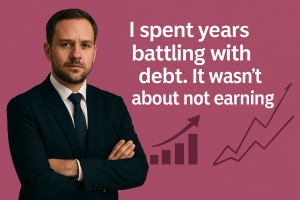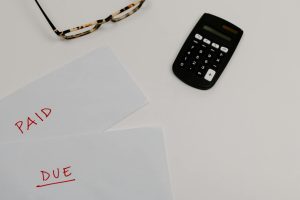The Safety Net You Didn’t Know You Needed

Ever found yourself in a bind, staring at an unexpected bill while your heart races? You know, that sinking feeling when life throws you a curveball—like your car breaking down or a sudden job loss. It’s a familiar scenario for many of us, and it’s precisely why having a financial cushion is like having a superhero cape—ready to swoop in and save the day.
Imagine you’ve just splurged on a long-overdue vacation, feeling like a million bucks. But then, BAM! You get an email from your landlord about a rent increase. Or, your smartphone decides it’s had enough and shuts down for good. Talk about a mood killer, right? This is where an emergency fund comes into play. It’s not just a fancy term tossed around in financial circles—it’s your safety net, your peace of mind.
So, what exactly is this magical fund? Simply put, it’s a stash of cash set aside specifically for those “oops” moments—unexpected expenses that can pop up out of nowhere. Experts generally recommend saving three to six months’ worth of living expenses. But hey, let’s be real. If you can only manage to set aside a couple of hundred bucks initially, that’s a step in the right direction!
- Start small: Every little bit counts. Even if it’s just $20 a paycheck, it adds up!
- Automate your savings: Set up a direct deposit into your emergency fund. Make it so you don’t even notice it’s gone.
- Keep it accessible: While you want it to be separate from your spending money, make sure it’s easy to access when you truly need it.
- Set goals: Having a target can motivate you. Maybe aim for that first $1,000, and then keep growing from there.
Now, let’s talk strategy. Building this fund doesn’t have to feel like a daunting task. Picture it like prepping for a marathon. You wouldn’t just jump into a 26.2-mile run without training, right? You’d start with shorter runs, gradually building your stamina. Similarly, approach your emergency fund with a plan. Assess your monthly expenses, find areas to cut back, and redirect those savings into your fund.
And let’s not forget the emotional side of things. Having an emergency fund can reduce stress and anxiety. It’s like giving yourself permission to breathe a little easier, knowing you have a buffer for life’s surprises. When you know you’re covered, you can tackle issues head-on instead of letting them spiral out of control.
In a world where unpredictability is the only guarantee, having a financial buffer can be empowering. It’s not about living in fear of the unexpected but rather preparing for it. You don’t have to become a financial guru overnight. Just start where you are and take small, manageable steps. The journey might feel slow, but trust me, it’s worth it. After all, who wouldn’t want to be the calm in the storm?
So, next time you find yourself facing an unexpected expense, take a deep breath and remember: you’ve got your back covered. And that’s a pretty powerful feeling.




